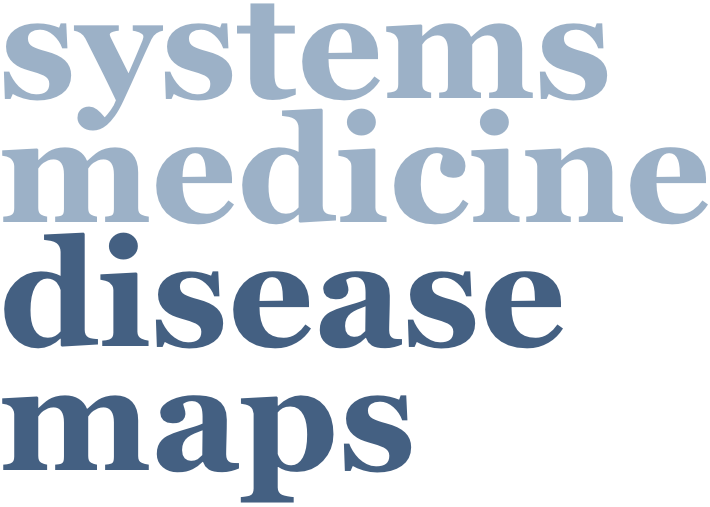
Cancer
Atlas of Cancer Signalling Network
Homepage: https://acsn.curie.fr
Online access and exploration: https://acsn.curie.fr/ACSN2/ACSN2.html
Development status: ACSN 2.0 is complete and published, applications demonstrated
Disease IDs: DOID:162, MESH:D009369, MONDO:0005416, ICD10CM:C80.1
Sustainable support: Institut Curie, NaviCell Web Platform
Construction tool: CellDesigner
Highlights: ACSN 2.0 is now connected to the RECON metabolic network
How to cite: Kuperstein, et al. Oncogenesis. 2015. doi: 10.1038/oncsis.2015.19. PMID: 26192618
Contact: Inna Kuperstein, Institut Curie, Paris, France, inna.kuperstein(at)curie.fr
ACSN purpose
There are numerous dysregulated cell signalling mechanisms in cancer. To understand involvement of and crosstalk between different mechanisms in disease initiation and development, systematic representation of processes is needed. To achieve the goal, we have initiated the construction of the Atlas of Cancer Signaling Network (ACSN). ACSN aims to cover a majority of molecular processes implicated in cancer. ACSN signalling networks maps are manually created and annotated using systems biology standards. The content of the maps is curated by specialists in the corresponding fields.
ACSN features
ACSN maps are cancer-specific. ACSN aims to collect, organize and graphically represent non-disease molecular mechanisms lying behind well-defined cancer hallmarks (Hanahan and Weinberg, 2011). ACSN concentrates on exhaustive representation of molecular mechanisms that are frequently dysregulated in cancer such as cell cycle, DNA repair, cell death, survival, immune response signalling, telomere maintenance and others.
ACSN maps are interconnected. ACSN signalling maps create a geographical-like view of cancer signalling, but, unlike geography, the same molecular entity can participate in several pathways, connecting them together, and this is reflected explicitly in ACSN. To keep track of canonically-defined pathways, signalling pathways are indicated on the maps as functional modules and can be visualized in the context of the whole network or as separate maps.
ACSN maps are systematic and detailed. The maps are manually created based on the information extracted from scientific literature. Maps are constructed using the CellDesigner tool. Each map contains information about interactions between proteins, protein modifiers, post-translational modifications, protein complexes, genes, RNAs, microRNAs, small molecules and drugs. ACSN maps are reaction networks represented using process diagram description graphical language. Each map covers hundreds of molecular players and reactions; each entity on the map is annotated by references to the article and specific notes added by the map manager.
ACSN structure. ACSN is constructed as a global "geographical atlas" of cancer signalling. The atlas consists of a global "world map", maps of "continents", each representing a particular cellular function (e. g. Cell Cycle or Apoptosis). Each continent map is sub-divided into "countries" or functional modules representing signalling pathways (e.g. WNT pathway or Homologous recombination pathway).
ACSN zoom levels. The atlas can be view at several zoom levels. To facilitate the exploration, each level of zoom on the atlas exposes a certain depth of detail. The top-level view shows the general architecture of the atlas. The next zoom exposes locations of known oncogenes or tumor supressors. The third zoom level adds some of the most participating proteins and complexes in the atlas. Furthermore, two zooms visualize components of the atlas and reaction edges between them. Finally at the most detailed zoom level all details of maps are demonstrated including names of all entities, post-translational modifications, complexes’ names, reactions IDs and all regulators and catalyzer of reactions.
Browsing and commenting ACSN via the NaviCell tool. The ACSN map navigation, curation and maintenance are enabled by a user friendly Google Maps-based tool NaviCell. The tool is characterized by the unique combination of three essential features: (1) map navigation based on Google Maps engine, (2) semantic zooming for viewing different levels of details of the map and (3) integrated web-based blog for collecting the community curation feedback.
Visualization and analysis of 'omics data using ACSN. The visualization module is a set of functions that can be used to visualize various types of 'omics data on the ACSN molecular maps. It is available at the bottom of the right-hand panel on the ACSN maps browsing interface.
Publications
- Kuperstein I, Bonnet E, Nguyen HA, Cohen D, Viara E, Grieco L, Fourquet S, Calzone L, Russo C, Kondratova M, Dutreix M, Barillot E, Zinovyev A. Atlas of Cancer Signalling Network: a systems biology resource for integrative analysis of cancer data with Google Maps. Oncogenesis. 2015 Jul 20;4:e160. doi: 10.1038/oncsis.2015.19. PubMed PMID: 26192618.
Press releases
- The first Google Maps of cancer biology - Institut Curie
- Agilent Technologies Thought Leader Award Supports Institut Curie, Dr. Emmanuel Barillot's Web Based Tools for Cancer and Drug-Safety Research
ACSN in GARUDA Alliance
Development Team
The list of all past and present members can be found at https://acsn.curie.fr/about.html
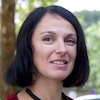 |
Inna Kuperstein, PhD Institut Curie, Paris, France ACSN Project Coordinator |
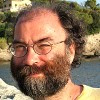 |
Eric Viara, PhD SYSRA, Paris, France and Institut Curie, Paris, France Software Developer |
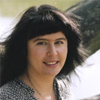 |
Maria Kondratova, PhD Institut Curie, Paris, France Researcher |
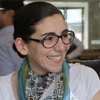 |
Laurence Calzone, PhD Institut Curie, Paris, France Senior Researcher |
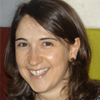 |
Loredana Martignetti, PhD Institut Curie, Paris, France Senior Researcher |
 |
Urszula Czerwinska, MSc Institut Curie, Paris, France PhD Student |
 |
Jean-Marie Ravel, MSc, MD University of Pierre and Marie Curie (UPMC-Paris VI), Paris, France Intern |
 |
Fatou Ndao, BSc University of Bordeaux, Bordeaux, France Intern |
 |
Alexandre Klinge, PhD Institut Curie, Paris, France Scientific Coordinator of Computational Systems Biology of Cancer group |
 |
Andrei Zinovyev, PhD University of Bordeaux, Bordeaux, France Scientific Coordinator of Computational Systems Biology of Cancer group |
 |
Emmanuel Barillot, PhD Institut Curie, Paris, France Director of the U900 Institut Curie/INSERM/Ecole des Mines ParisTech |
Funding
- COMeT grant from ITMO Cancer (Call Systems Biology 2014, Immunology maps).
- Institut Curie (U900 budget).
- INSERM (U900 budget).
- Ligue Nationale Contre le Cancer (Equipe labellisée).
- Agilent Thought Leader Award #3273.
- The grant “Projet Incitatif et Collaboratif Computational Systems Biology Approach for Cancer” from Institut Curie (DNA repair map).
- Servier - Institut Curie Alliance (DNA repair map).
- INVADE grant from ITMO Cancer (Call Systems Biology 2012, EMT and Cell Motility map).
- INCA LABEL Cancéropole Ile-de-France 2011-1-LABEL-1 grant.
- ASSET EU FP7 project under grant agreement n° FP7-HEALTH-2010-259348.
- APO-SYS EU FP7 project under grant agreement n° HEALTH-F4-2007-200767 (Apoptosis map).